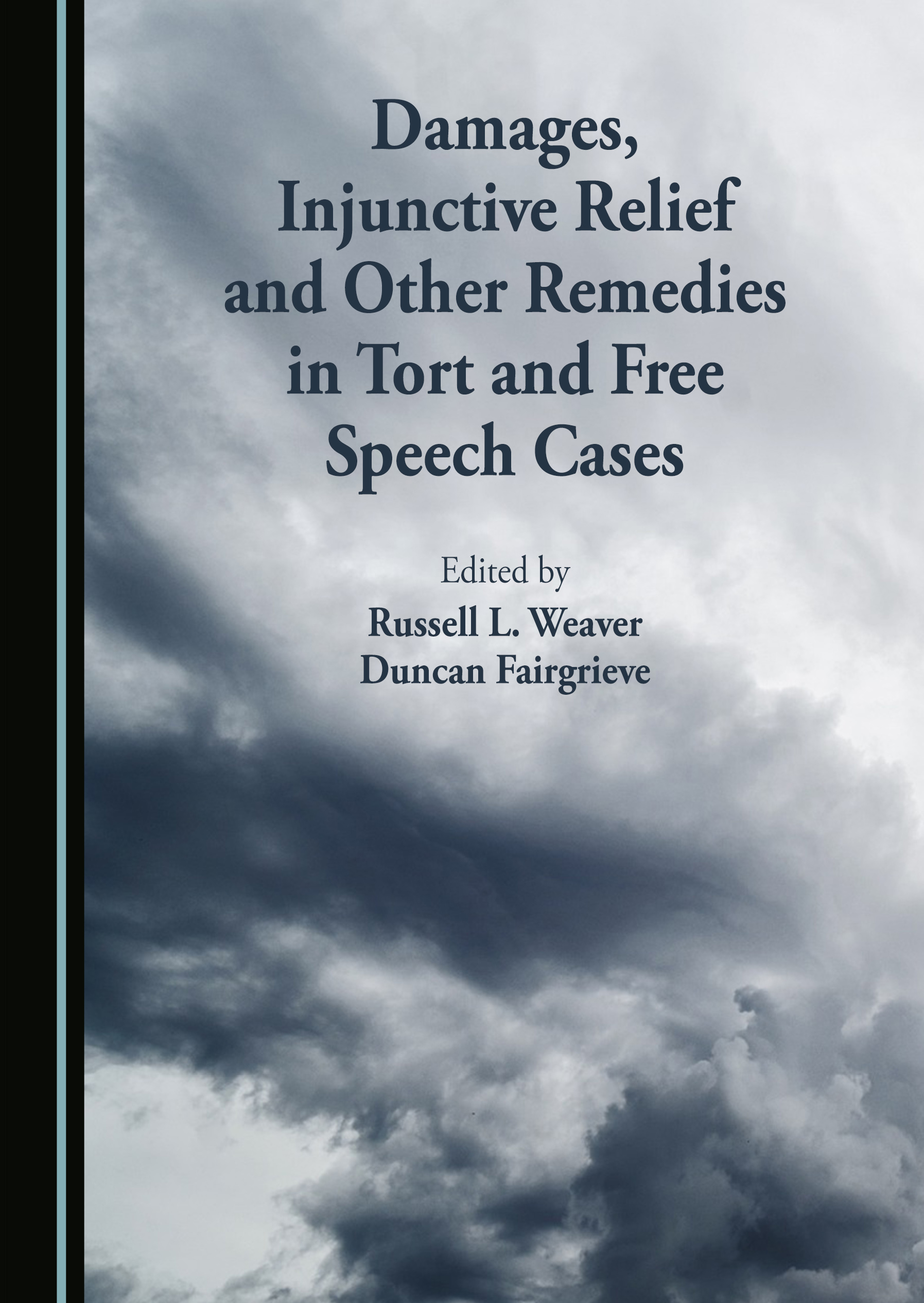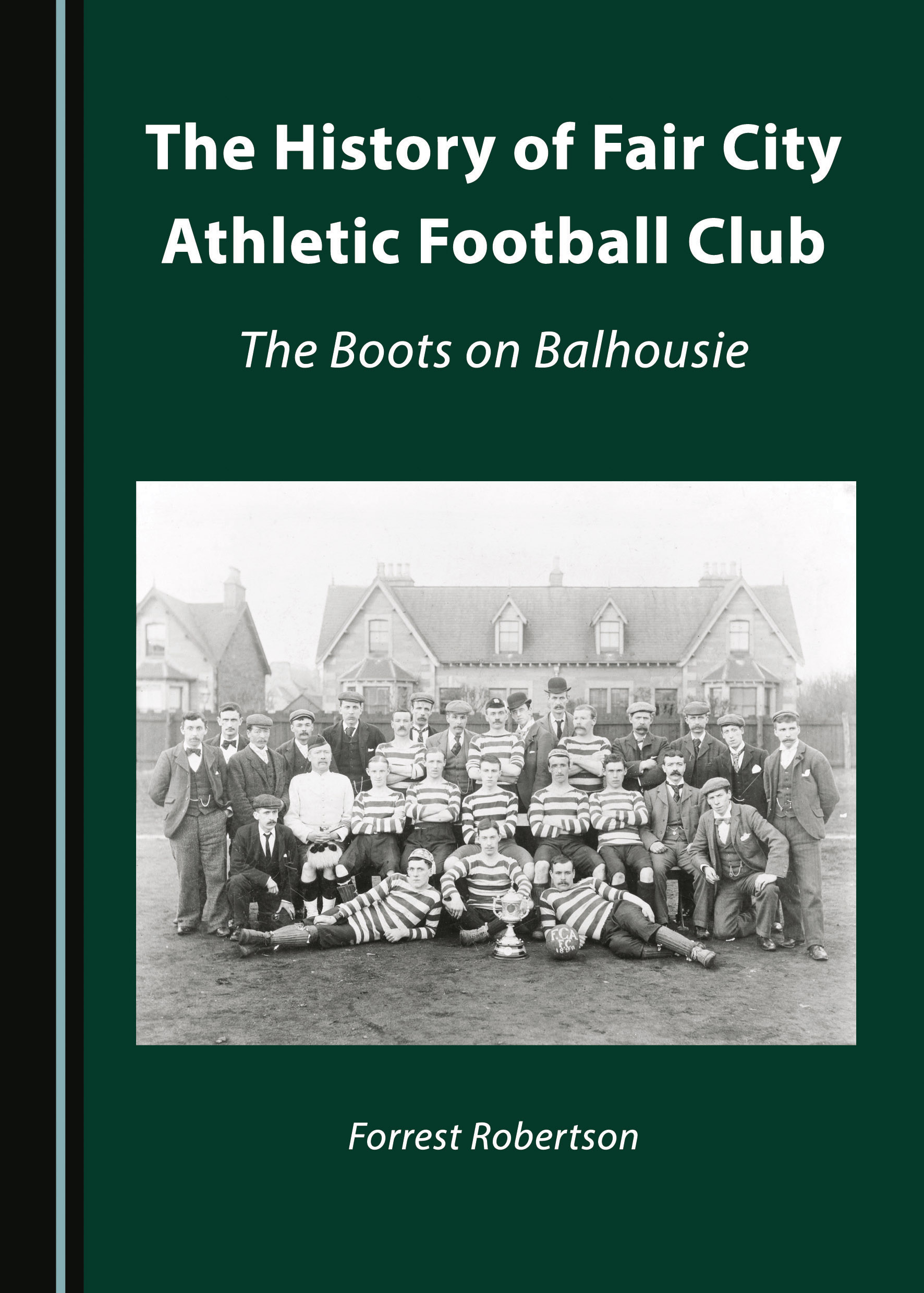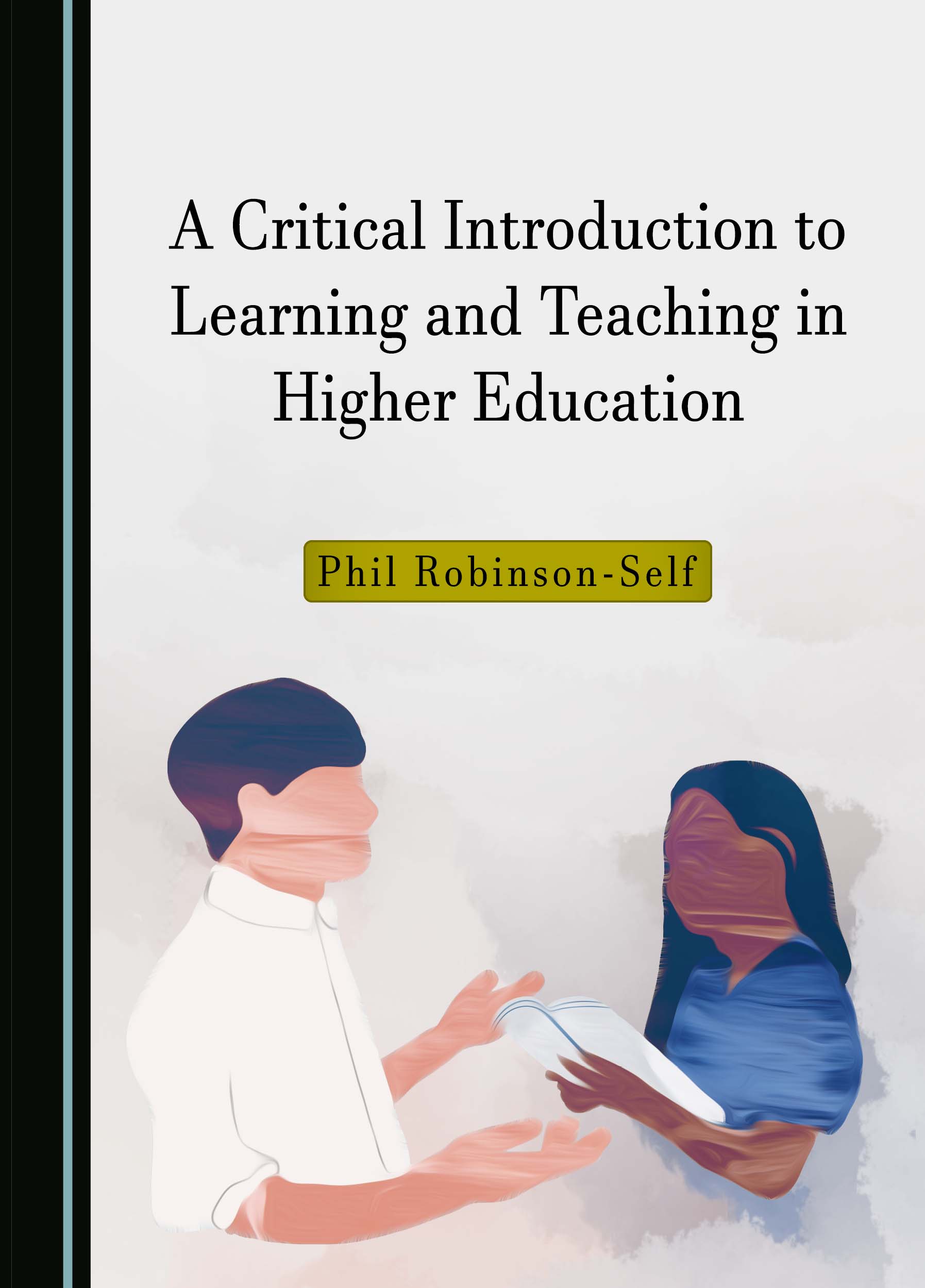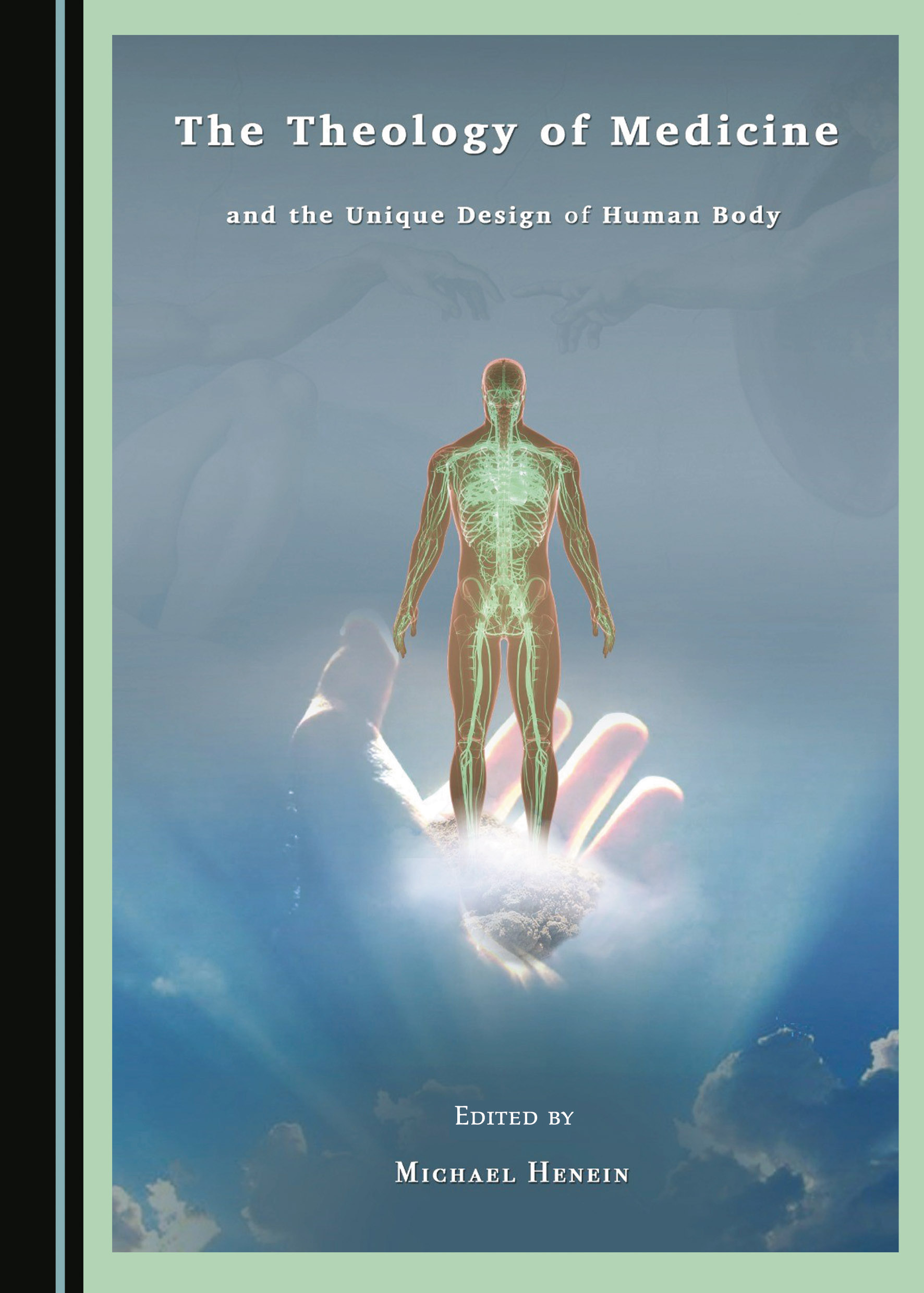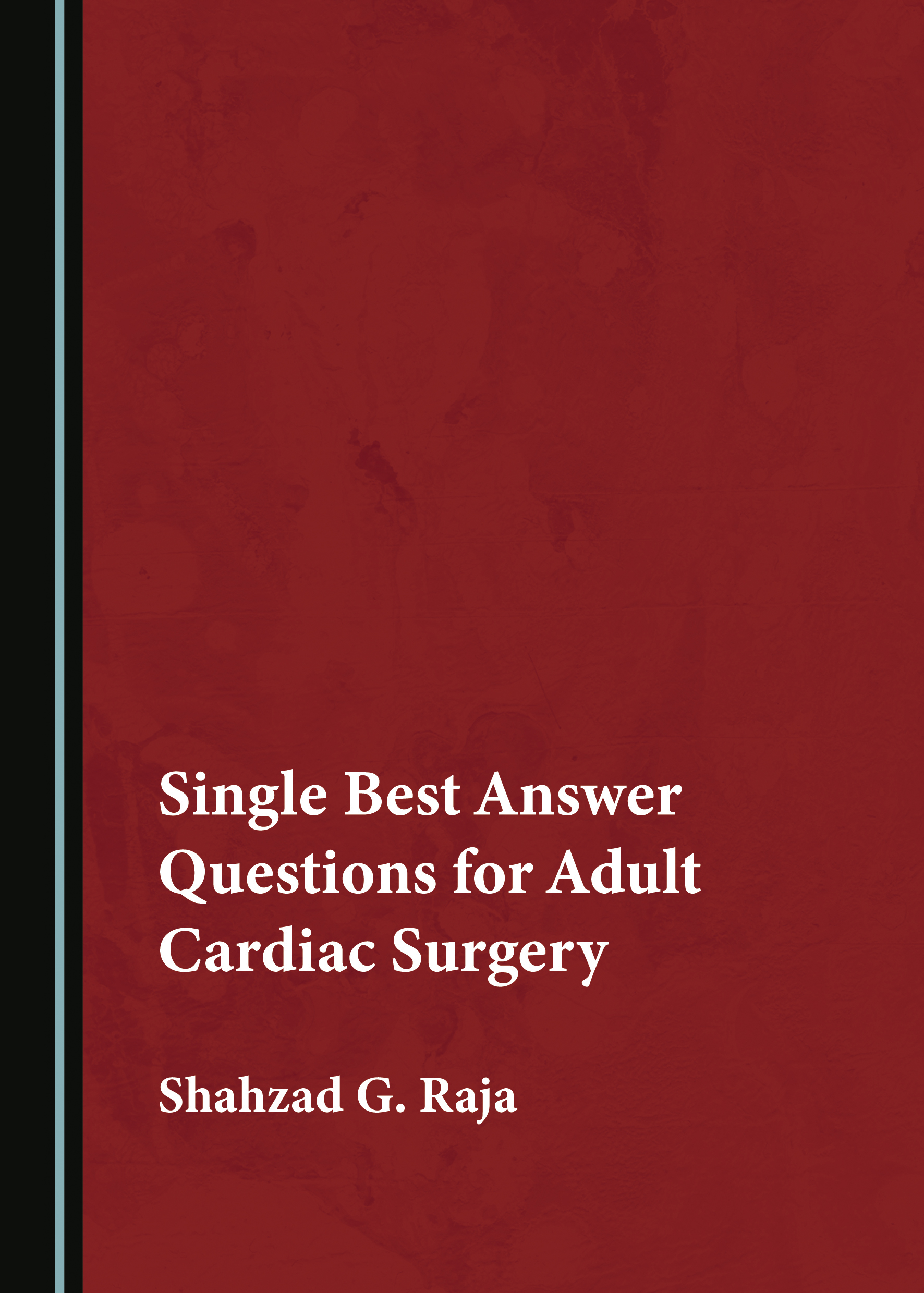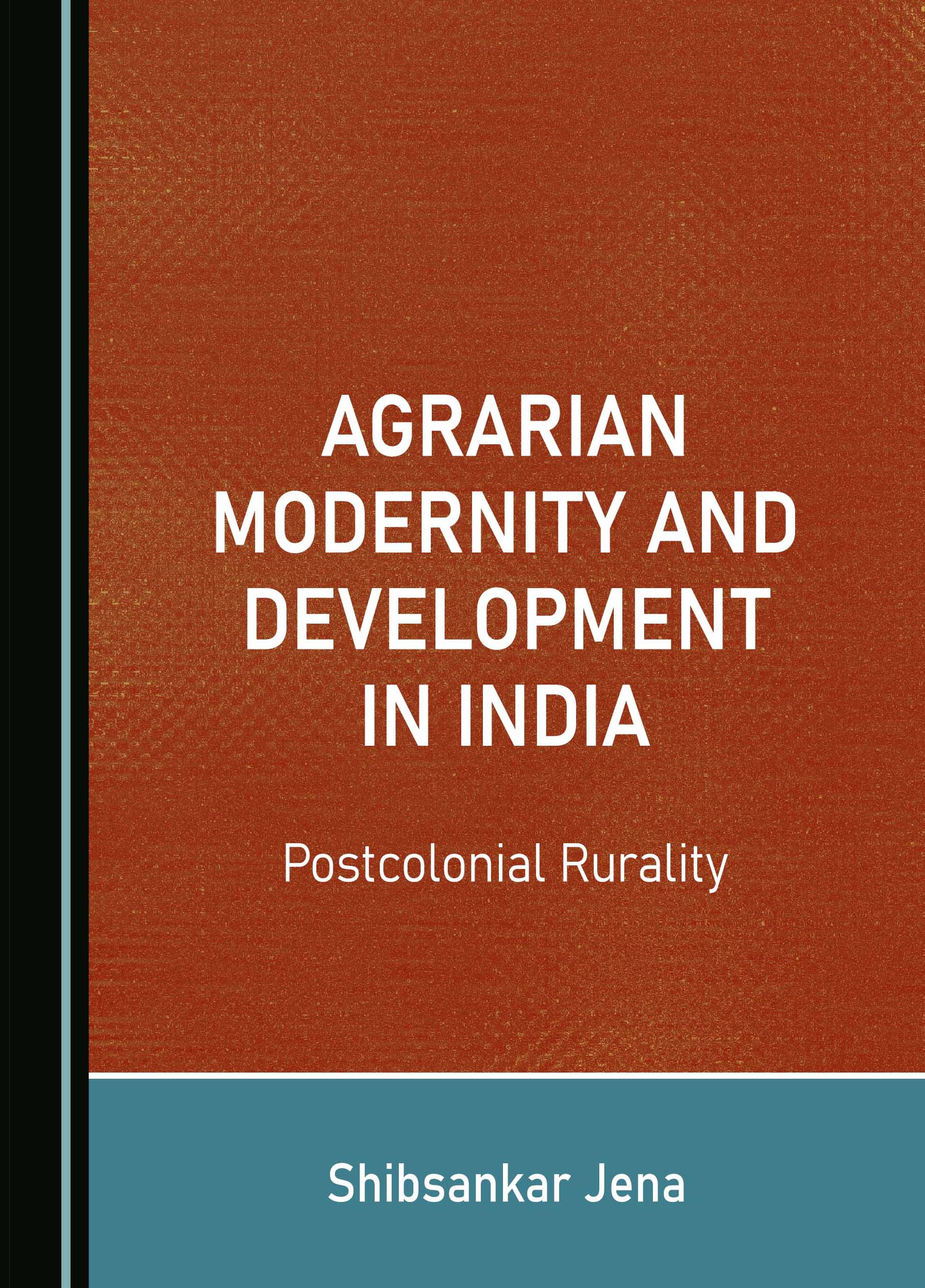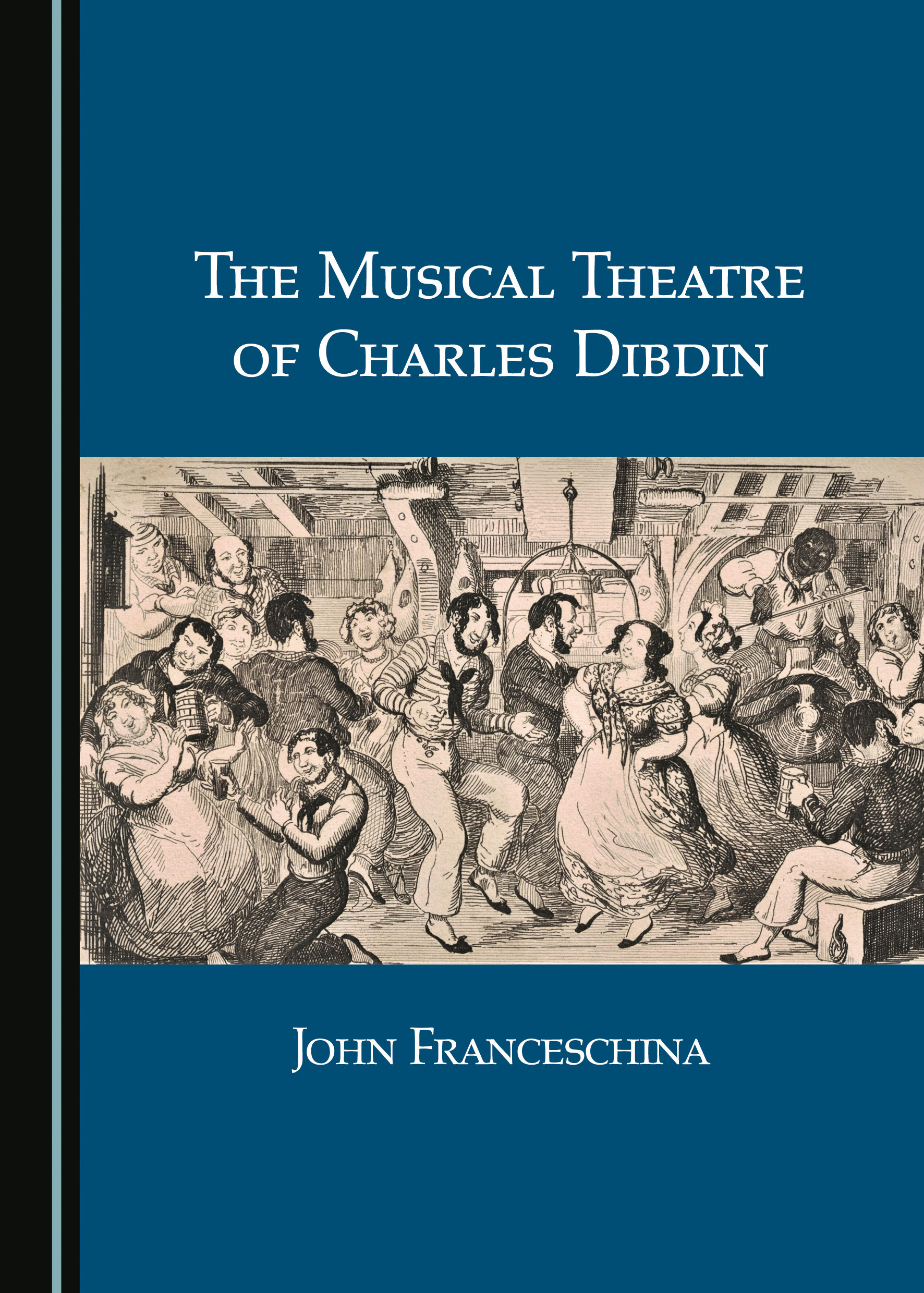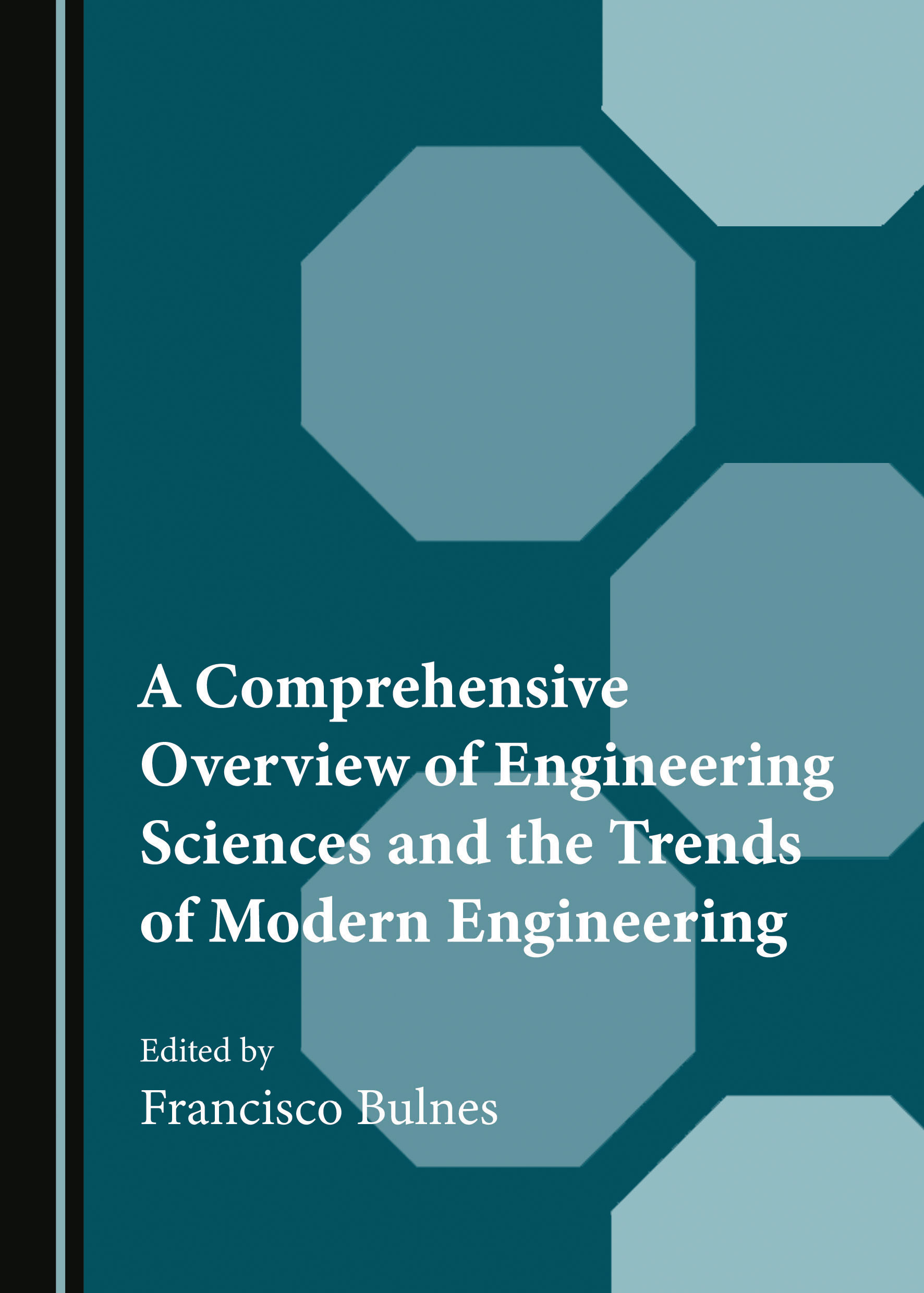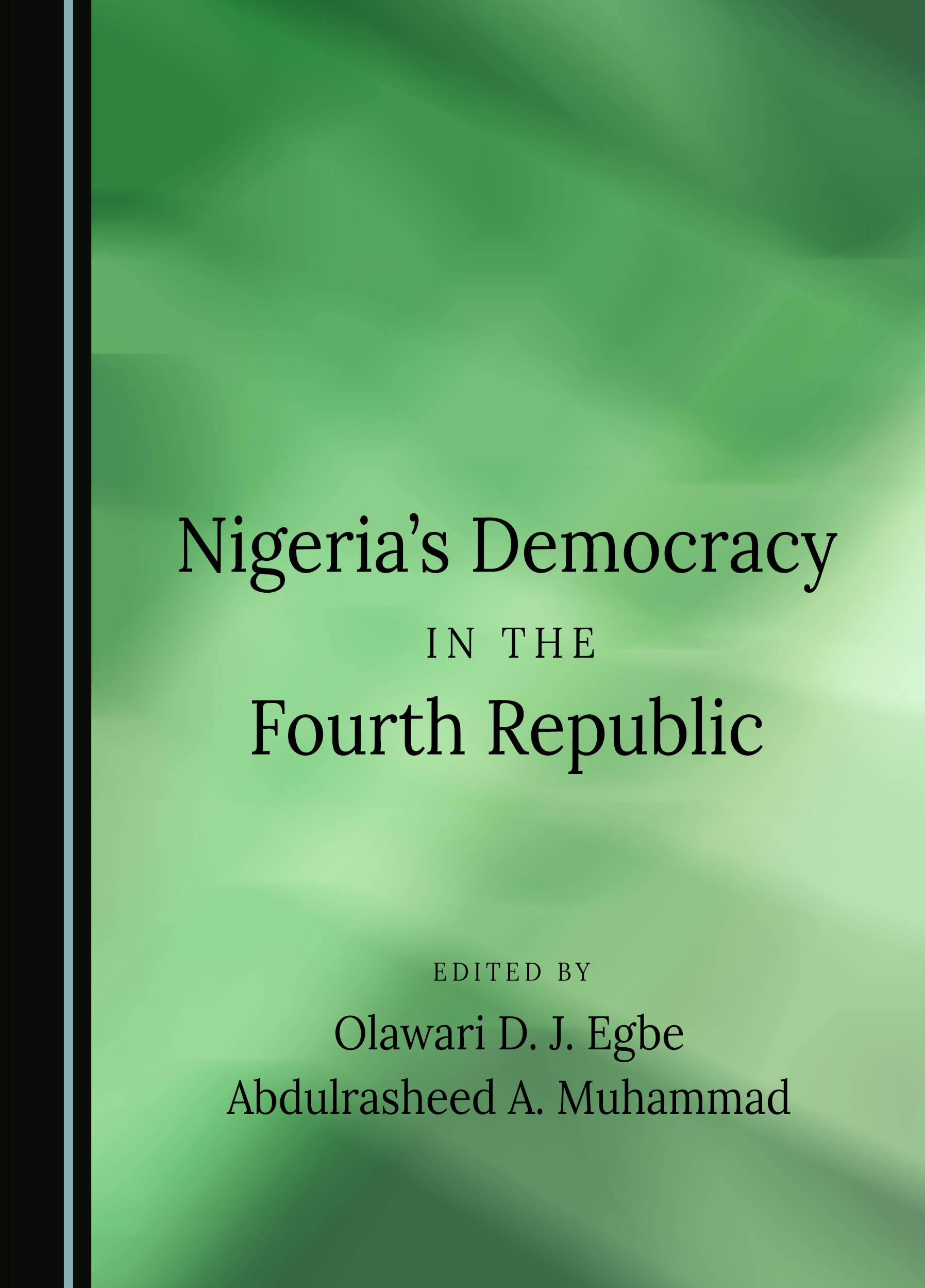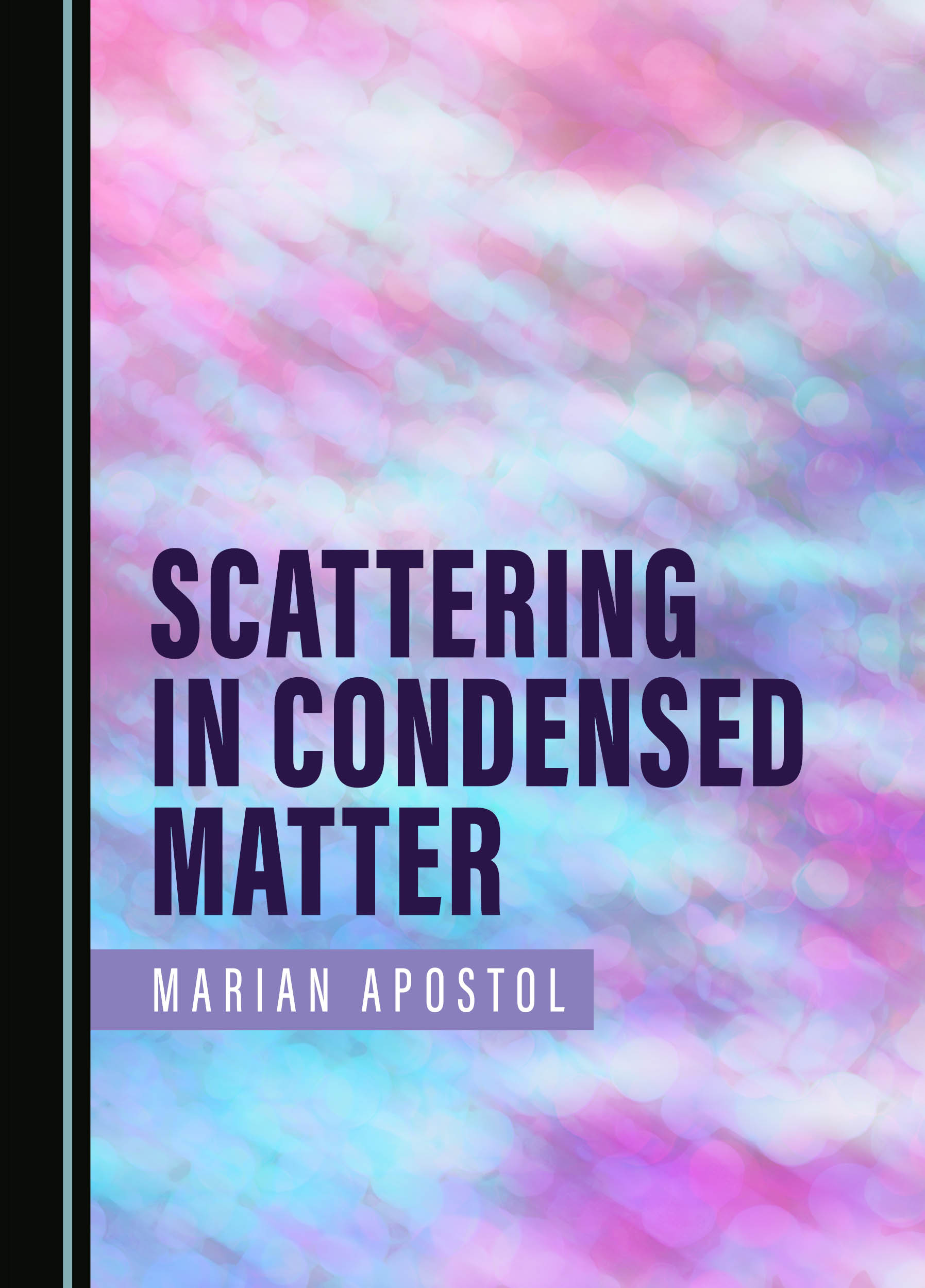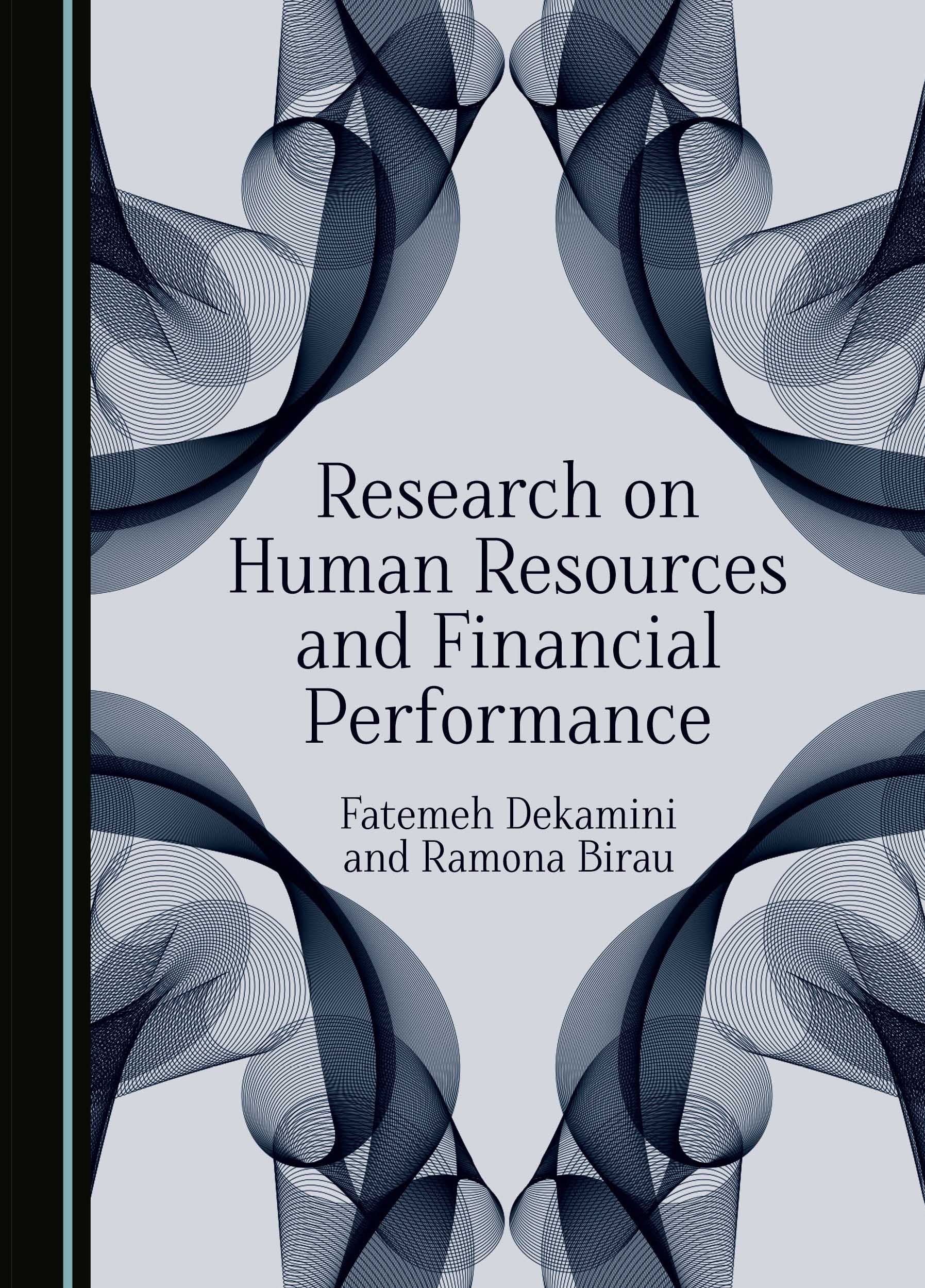A Journey of the Vocal Iso(n)
This study is concerned with the vocal iso(n) repertory, used, on the one hand, in the oral traditions of the multipart unaccompanied singing (IMUS) of the Southwest Balkans, or, more specifically, South Albania, North Epirus in Greece and a small part of the Republic of Macedonia (FYROM), and on the other hand in Byzantine chanting. The vocal iso(n) is an important component of these traditions, which are still practised today in the Southwest Balkans region. The study presents evidence on various manifestations of the practice in their particular geographical regions, and examines in detail the historical roots of these traditions.
An ison, a drone holding-note, is the voice that provides the drone in Byzantine chanting. This chant is part of the liturgical music of the Orthodox Churches, in contrast to the IMUS, which has developed as a secular repertory. The Byzantine liturgical singing of the Arbëresh Diaspora of South Italy and Sicily, which has been passed down orally from the 15th century to the present day, as well as non-liturgical singing, is also explored in this book. The three unaccompanied forms of singing, two of which use the ison (IMUS and Byzantine chanting) and the third, the Arbëresh, which does not (with some exceptions in recent times), are analysed in separate sections of the book.
Unlike many studies of similar subject matter, which suffer from a one-sided point of view because of national bias, this book is multifaceted and even-handed. While multipart singing in Albania is usually considered to be a solely Albanian phenomenon, in Greece, it is thought of as being Greek. In fact, the multipart singing of the Albanian and Greek, as well as Aromanian and some Slavic populations is more intrinsically bound to the region than to any ethnic group. The distinct sound of iso(n) singing echoes the internal and external historic influences of the region, interwoven with the complex modal idioms.
Eno Koço is the author of nearly thirty books and articles in English and Albanian, including Albanian Urban Lyric Song in the 1930s (Scarecrow Press, Inc., 2004); “Shostakovich, Kadaré and the nature of dissidence” (for The Musical Times, 2005); “Styles of the Iso-based Multipart Singing of South Albania, North Epirus and Among the Arbëresh of Italy” (in Multipart Music, a Specific Mode of Musical Thinking, 2012); and “Byzantine Chant, the Ison, and Arbëresh Liturgical Chant” (in Local and Global Understandings of Creativities, 2013). His Albanian-language books include Korçare Distinctive Song (Toena, 2003); Family and Life (Globus R., 2010); Critical Surveys (Globus R., 2010); and Gaqo Çako, The Living Legend of the Tenor (Neraida, 2013). Koço lives between Leeds and Tirana, combining his engagements with publishing and orchestral and choral conducting.
"This is a remarkable book, simultaneously ambitious and aware of the limitations on what it can achieve. Koço sets out to propose possible connections between the ison (drone) of Byzantine chant and the iso as used in the multipart folk singing of Southern Albania, which is certainly a big undertaking. [...] Eno Koço is to be applauded for both the breadth of his vision and the ambitious nature of this project. If, in the end, his book is more of a source on which to build future research than an overarching narrative, that is a legitimate result of such an undertaking and entirely consistent with the author's declared aims."
Ivan Moody CESEM-Universidade Novo, Lisbon Notes, 73:4 (2017)
Buy This Book







